By COL James L. Greenstone, PhD, JD, DABECI
Crisis is in the eye of the beholder. Crisis involves stress; unusual stress that renders the sufferer unable to cope with their life as they usually would. A disaster exists when the resources available to address the emergency are less than those required to address the needs of the victims and the overall situation. A disaster can be of any size. Overwhelmed resources equals a disaster as differentiated from an emergency in which adequate resources can be utilized to resolve or to manage the needs of those affected. Emotional First Aid is taking care of the emotional and/or psychological needs of crisis victims.
The crisis trilogy presents a way of understanding the causation in crisis situations that call for emotional first aid. The trilogy involves events occurring that are:
- Sudden in onset
- Unexpected by the victim or their significant others
- Apparently arbitrary in nature
All three are major sources of unusual stress. Because crisis is in the eye of the beholder, what is unusual stress for one may not be unusual for another. Therefore, of course, those that need emotional first aid are not always those suffering from the worst effects of the event. The level of functioning overall, the presence or absence of functional emotional problems, and the experience handling stress and similar daily life behaviors can be a determiner of a person’s susceptibility to experiencing crisis in their life at a particular time. No one is immune to crisis. Enough stress at the wrong time and in a particular person can mean crisis even for the strongest of us.
Within the crisis trilogy, suddenness refers to the way in which a person may encounter the stressful event or events leading to the possibility of crisis. For example, someone jumps out from behind a tree and attacks a passer-by. No delay, no warning, just the sudden attack. The passer-by may have walked this way many times without incident and has little expectation of problems. The problem occurs as described and was not expected; the second aspect of the trilogy. The third aspect of the trilogy asks, “Why me?” Of all the people to whom this could have happened, why did it happen to me? The concerns expressed can be a great source of added stress to the victim of an attack and signal the need for emotional first aid.
Taken together or even separately, the factors above can be a source of unusual stress capable of overwhelming the normal coping skills of the sufferer. When this trilogy is applied to the occurrence of a disaster, the crisis reactions become a little more predictable and understandable. And, in the same way, some victims will react and respond differently from others based on the more or less personal resources available to them. For instance, someone who has gone through a crisis or a disaster previously, and has resolved or at least managed the issues that were involved in an effective manner either by calling upon his or her internal resources or by receiving help from a professional providing emotional first aid, may be better able to cope in a new situation. Those who have used the “band-aid” approach to crisis management or to life’s problems in general may have unresolved issues that will make the current experience more difficult to handle.
Those who effectively and successfully deal with high stress issues and personal problems when they occur, rather than denying or refusing to deal with them, often come through their present crisis in much better shape emotionally than those who do not. The need for additional and or ongoing counseling or psychotherapy after the fact may be minimized by this group as well. The effectiveness of the emotional first aid may be another important factor in this equation. The better we do now, the less we will probably have to do later.
Another crucial aspect of a crisis is that it will not go on forever. The human body and mind cannot handle crisis-level stress indefinitely. Crises are self-limiting. If an intervener did nothing to assist the sufferer, the crisis would still end on its own. The issue then becomes the condition of the victim when the crisis has ended. The ultimate self-resolution, without intervention, could be death due to the body’s need or the sufferer’s need to end the pain caused by excessively heightened stress. Immediate and effective emotional first aid that seeks to stop the downward spiral of maladaptive behavior will usually yield better results. An intervener who knows what to do as well as when and how much to do can prevent predictable outcomes to unresolved heightened stress and perhaps even reduce the need for professional psychological assistance later.
The pre-crisis functioning, either effective or not, of an individual has probably existed over a long period of time prior to the instant situation. The way previous crises have been handled, presence or absence of functional mental disorders, level of general daily function, adequacy of coping and survival skills, are all part of this pre-crisis picture.
At the other end of the continuum, are the potential life-changing or life-altering consequences of experiencing a crisis in life. These too can go on for significant periods of time after the crisis has ended. In fact, it may be possible to achieve even greater levels of functioning in life depending on how the current crisis was handled and the quality of emotional first aid received. If the intervener proves not only effective but also trustworthy, the sufferer may be willing to accept suggestions for additional assistance as needed to develop higher level life skills.
Crisis intervention is about management and not about resolution. Therapy may be a source of resolution of problems. Crisis intervention is about trying to find a way to manage what is being experienced so that the crisis’ destructive influences are diminished.
It is important to note that the goal of emotional first aid is extremely limited and short term. As mentioned above, higher levels of functioning are possible. However, the goal of the crisis intervener when assisting a sufferer in crisis is to return that sufferer to their own level of pre-crisis functioning. No more, no less. If the intervener accomplishes this, the goals of crisis intervention have been met. What may happen subsequently is a bonus. While a pre- and post-crisis functioning timeline may be measured in days or weeks or years, the time needed for effective emotional first aid is measured in seconds or minutes only. Any additional time you may get is a bonus for you as the intervener as well.
Crisis interveners have been compared to emergency room medical personnel in that their effective reactions, timing, and utilization of resources must be immediate and sure. If a counselor makes an error in a regular weekly session, they may be able to correct the error by phone or in person at the next session. On the other hand, the crisis intervener, like their emergency room counterparts, may have only one bite at the apple as it were. They may have one quick opportunity to be effective and failing that no other opportunity to try again. What the intervener does must be correct the first time without dependence on the possibility of a do-over. This may be why not all who want to can actually provide emotional first aid, just as some may not be able to work in an emergency room although comfortable and competent in other professional settings.
A Final Note
Crises are by definition unexpected, sudden, and arbitrary. They are time sensitive and time specific. All crises end regardless of what emotional first aid may or may not do. The real question is where the crisis will end if the intervener does nothing or is ineffective. Remember that stress in unusual proportions for that person is key to understanding crisis. Interveners must react and be effective within seconds or minutes to avert additional problems. While the goal of emotional first aid is not resolution, it is to return the sufferer to their level of pre-crisis functioning, greater gains for that sufferer may be possible depending on the credibility of the intervener and the effectiveness of the intervention. Emotional First Aid is comparable to physical first aid and must be administered with the same skill and alacrity. Never forget that knowing when to stay out is just as important to the intervener as knowing when to act.
Dr. Greenstone’s book, Emotional First Aid: A Field Guide to Crisis Intervention
and Psychological Survival has just arrived in our offices. Take a look inside on our website. It is a must have resource for all first and second responders!
Dr. James L. Greenstone has been in practice for almost fifty years in Dallas and Fort Worth, Texas, where he served as the Police Psychologist and Director of Psychological Services for the Fort Worth Police Department. He has been a police officer for thirty-five years. His work in Crisis Intervention and disaster response began in the mid – 1960’s, and continues to this day. He is currently Professor of Disaster and Emergency Preparedness for Nova Southeastern University, College of Osteopathic Medicine. He is a licensed professional counselor, licensed marriage and family therapist, and a dispute mediator and arbitrator. He holds earned degrees in Clinical Psychology, Education, Criminal Justice and Law. He interned at the Devereux Foundation in Devon, Pennsylvania and received advanced training at Harvard Law School.
Dr. Greenstone serves on a Federal Disaster Medical Assistance Team as a Supervisory Mental Health Specialist; served as Colonel and Deputy Commander of the Texas State Guard Medical Brigade, Texas Military Forces. He is a Certified Crisis Intervener, a Certified Traumatologist, an Emergency Medical Technician, and a Master Peace Officer. Dr. Greenstone has earned the Master Military Emergency Management Specialist Qualification.
“Where reason is needed, emotions are of little value.”
Greenstone, 2011

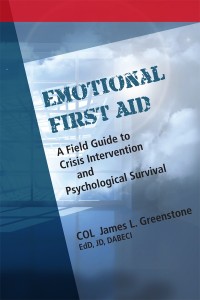
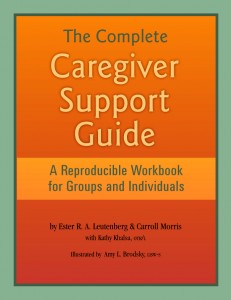

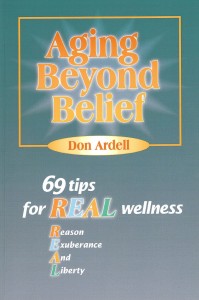 Wellness.
Wellness. 

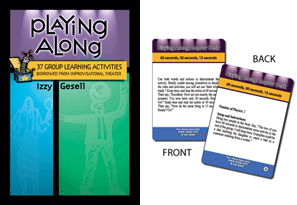
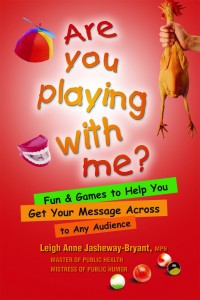

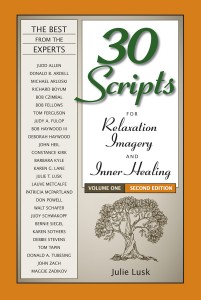

 The term “Well-being” may have come along at just the right time. Public speakers and marketers are re-branding “wellness” as “well-being” by saying that well-being is more complete, more holistic. Well-being, they say, incorporates the whole person, their environment, their financial picture, their career, etc. On the one hand it’s too bad that we have to invent a new term to refresh our memory of what wellness really is. On the other, with the way that corporations and organizations have allowed their wellness programs and products to deteriorate into overly simplistic efforts, based on single-measurable-variable pieces of research, well-being may be the kick in the pants that reminds us about “Whole-Person Wellness”.
The term “Well-being” may have come along at just the right time. Public speakers and marketers are re-branding “wellness” as “well-being” by saying that well-being is more complete, more holistic. Well-being, they say, incorporates the whole person, their environment, their financial picture, their career, etc. On the one hand it’s too bad that we have to invent a new term to refresh our memory of what wellness really is. On the other, with the way that corporations and organizations have allowed their wellness programs and products to deteriorate into overly simplistic efforts, based on single-measurable-variable pieces of research, well-being may be the kick in the pants that reminds us about “Whole-Person Wellness”. that people are a lot more complicated. The result has been too many health behavior studies measuring one aspect of activity, one blood lipid level, one blood sugar level. While those little building blocks all help to assemble the scientific foundation we need, too much is concluded from them. In our online digital world a simple study with twenty subjects, run one time, has its results proclaimed as headline news.
that people are a lot more complicated. The result has been too many health behavior studies measuring one aspect of activity, one blood lipid level, one blood sugar level. While those little building blocks all help to assemble the scientific foundation we need, too much is concluded from them. In our online digital world a simple study with twenty subjects, run one time, has its results proclaimed as headline news.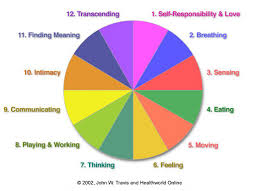

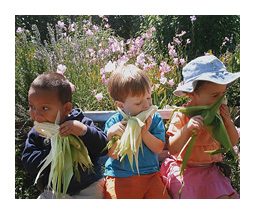 health and well-being. We are seeing how having safe green spaces to walk, play and exercise increase the health of communities. Part of our approach to wellness/well-being is to step outside of a myopic corporate perspective and remember that not everyone works for a company with the benefits of a wellness program. Being inclusive of under-served populations in both rural and urban areas, Native American/First Nations Reservations, and others means maintaining this big-picture view of what wellness/well-being means.
health and well-being. We are seeing how having safe green spaces to walk, play and exercise increase the health of communities. Part of our approach to wellness/well-being is to step outside of a myopic corporate perspective and remember that not everyone works for a company with the benefits of a wellness program. Being inclusive of under-served populations in both rural and urban areas, Native American/First Nations Reservations, and others means maintaining this big-picture view of what wellness/well-being means.
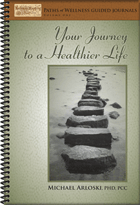



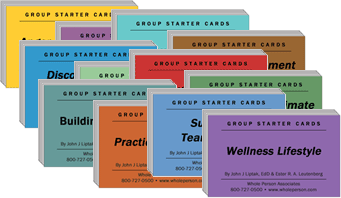
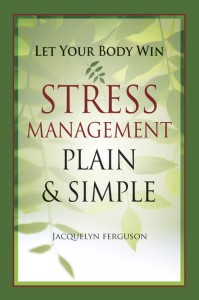
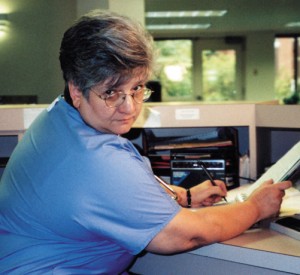 Stress generated from the environment: Stress can be felt from the result of the work environment including overly demanding supervisors, low pay, poor working conditions, noisy work environments, too many commitments required for the work being done, long hours, lack of technology for employees to accomplish the work, lack of a safe place to work, whining co-workers, and complaining customers. Any of these external stressors can negatively affect the job performance of an employee. For example, a person who must work with an abrasive supervisor will feel uncomfortable most of the work day.
Stress generated from the environment: Stress can be felt from the result of the work environment including overly demanding supervisors, low pay, poor working conditions, noisy work environments, too many commitments required for the work being done, long hours, lack of technology for employees to accomplish the work, lack of a safe place to work, whining co-workers, and complaining customers. Any of these external stressors can negatively affect the job performance of an employee. For example, a person who must work with an abrasive supervisor will feel uncomfortable most of the work day.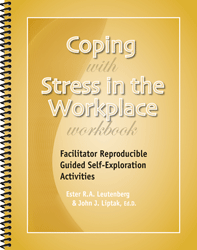




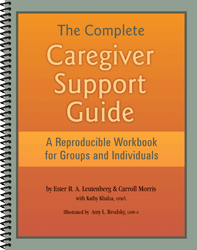
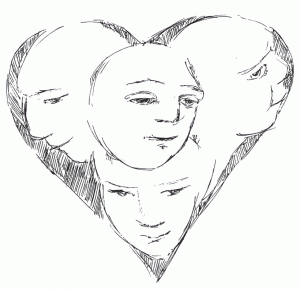




 The Coach’s Take Away
The Coach’s Take Away